FX, Oil Eye Equity Inflection
Nearly 3 weeks after we highlighted the global risk parameters at $82 oil and 1,100 S$P500 (both 100-week MAs), global risk aversion has deepened across the board, triggering a 6% drop in G7 equity indices, a 7% decline in oil and broad gains in the safer haven currencies of USD and JPY. The more aggressive equity indices of Brazil's Bovespa & India's Sensex gave us an invaluable sell signal on equities and a more constructive position in the greenback.
Breaking 1047-1.47
On Oct 24th, we alerted readers of the equity-FX interplay between the S&P500 and EURUSD. The fact that the S&P500 ended Nov 2nd below the crucial support of 1,047 (55-day MA and 8-month trend line) despite a positive data trifecta from the US (ISM 55.7, pending home sales +6.1%, construction spending +0.8%) underlines markets' broadening defensiveness ahead of the FOMC/BoE and US jobs data. The 1047-1.47 twin support levels (S&P500 and EURUSD) were prominently broken last Friday, translating into a weekly and monthly close. EURUSD still struggling at the $1.4830 resistance as it joins the risk currencies lower against USD and JPY, eyeing the next target at $1.4550, followed by $1.4480. Any hawkish signs from FOMC statement signalling earlier accommodation withdrawal (such as removing for an extended period in 3rd paragraph of statement) would prove positive for USD, JPY at the expense of equities, bonds and oil.
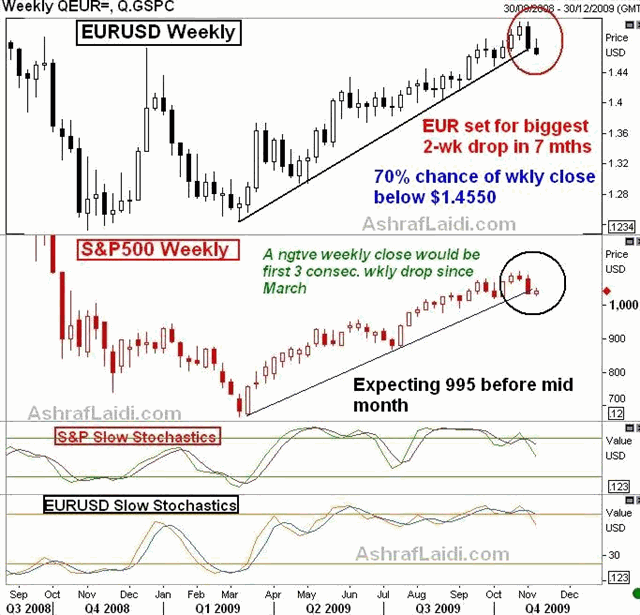
Aussie Hit by Dovish Rate Hike
The Aussie fared as the biggest loser over the last 24 hours after the RBAs 25-bp rate hike was accompanied by a less hawkish policy statement. Not only the central bank noted the dampening effect of the strengthening currency, but also used the term gradually in describing the pace at which it intends to withdraw liquidity, thereby, signalling the likelihood that it could stand pat in December. Aside from the dovish RBA hike, Aussies sell-off is being particularly driven by the ensuing reduction in risk appetite (UBS loss, BMW profit drop), which remains punishing for higher yielding currencies. The chart below highlights the negative pattern of lower highs since Oct 21st, suggesting a looming break of the 2-month trend line support at 0.8930, after which emerges 0.8850 and 0.8680. A break above 0.9130 is required for the bulls to re-emerge in command.
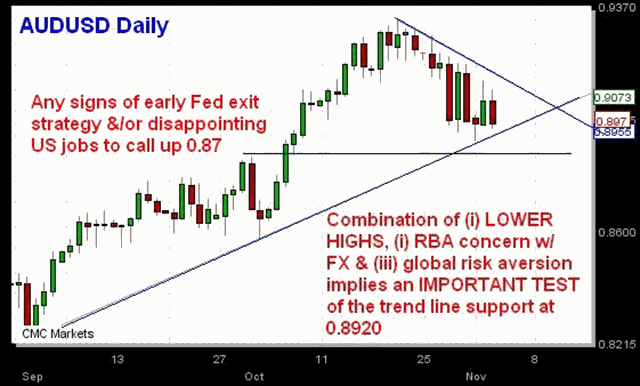
GBP Drops on Bank Sales, Pre-BoE
Sterling is the second biggest loser of the day (behind AUD) after RBS confirmed its assets sales and the UK govt increased its stake by 84% in the Bank. As the UK treasury injects 25.5 bln in RBS, markets expect the BoE to inject at least an additional 25 bln in guilt purchases. The reason we expect the BoE bank to opt for the smaller option of 25 bln in fresh QE is partly related to GBP weakness. With the major central banks seeking to adopt gradual steps towards policy normalization, the BoE will likely chose for the less generous aggressive stimulus option. GBPUSD eyes next support at $1.6270, followed by $1.6150, while upside remains capped at $1.6490-00.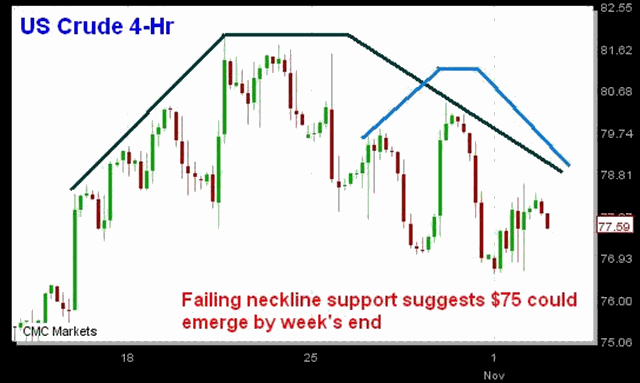

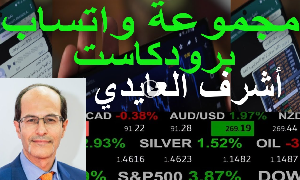




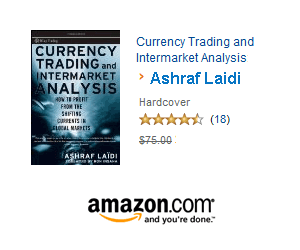

Ashraf
regards,
rajib.
IMF said US Dollar still undervalued.Whats your personal view on this remark?And do you think this word UNDERVALUED will have any effect on Dollar crosses and commodities in coming weeks?
Regards,
Rajib.
thanks Newman
Ashraf
What is down target for nzd/jpy coming week, please advise. Tks.